Description
Some places in the Universe are simply magical, & they can take your breath away,…and this is one of those places!
It is the incredible vistas like these that continue to motivate me to capture the Universe!
This is my extreme close-up shot inside the core of the Heart Nebula Complex with Melotte 15, here is a 6 hour exposure (72 x 300 sec subs) in Narrow Band H-Alpha & Oxygen III light captured over 3 nights, along with about 50 calibration frames for each night, all taken through my 6″ diameter Newt. scope & ZWO 174MM Cooled Cmos camera, yes taken from my backyard observatory in Dayton, Ohio.
I’m very happy with the results from this capture, calibration, & processing, but image processing is a never ending learning curve. I’m forever trying to figure out new ways to pull out as much detail as possible, despite my often poor seeing conditions in Dayton, Ohio.
The entire Heart nebula complex is very large 150 arc minutes x 150 arc minutes in some of my wider field shots, but using this scope camera combo, I’m really Inside the center of the Heart Nebula in this image, the F.O.V. is only about 32 x 50 Arc minutes across. My resolution is 1.53 arc seconds per pixel.
The Heart nebula, also known as Index Catalog IC-1805, Sharpless 2-190, with Melotte 15 open star cluster lies some 7500 light years away from Earth and is located in the Perseus Arm of our Milky Way Galaxy in the constellation Cassiopeia. It was discovered by William Herschel on 3 November 1787. This is an emission nebula showing glowing ionized hydrogen gas and darker dust lanes.
The nebula’s intense red/golden output and its shape/configuration are driven by the radiation emanating from a small group of stars near the nebula’s center(right). It reminds me of a twisted rope…This open cluster of stars known as Melotte 15 contains a few bright stars nearly 50 times the mass of our Sun, and many more dim stars that are only a fraction of our Sun’s mass.


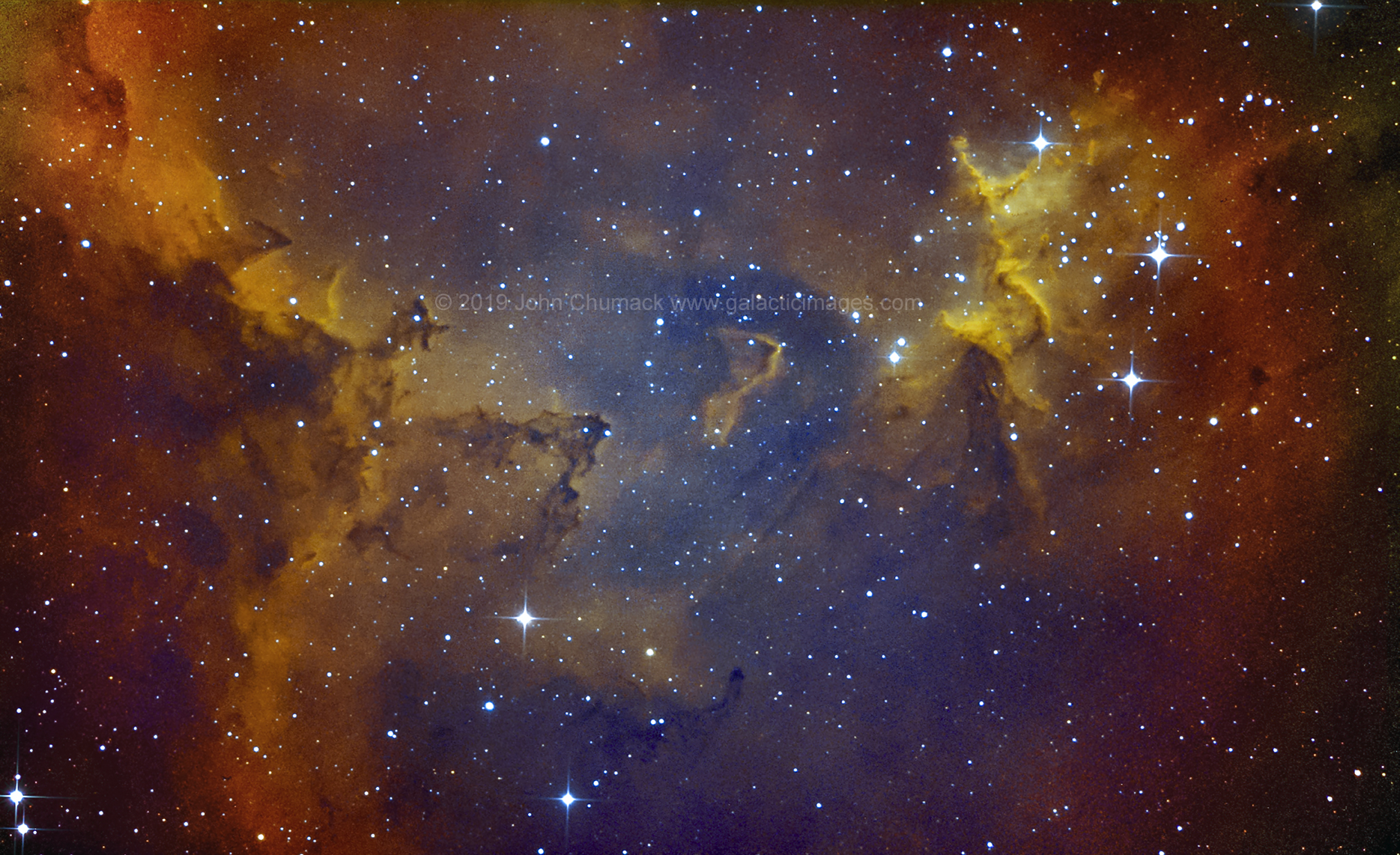
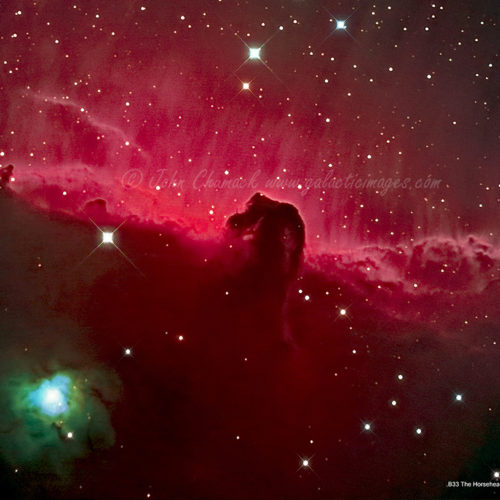
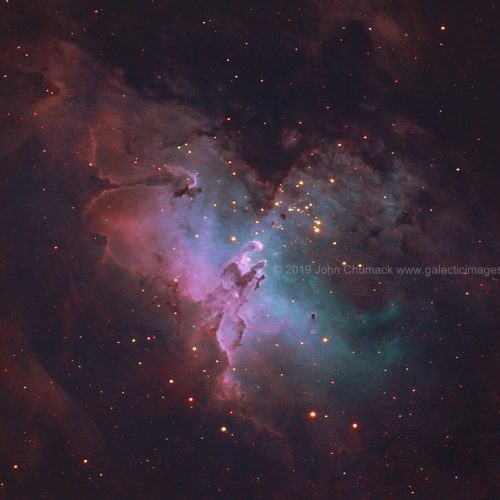
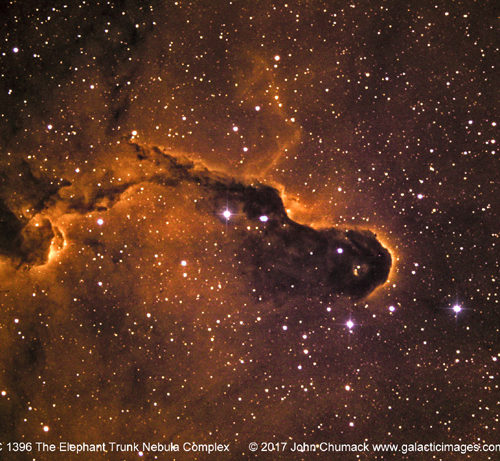
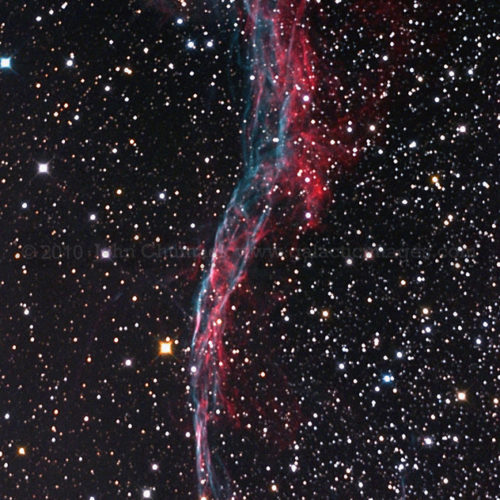
Reviews
There are no reviews yet.